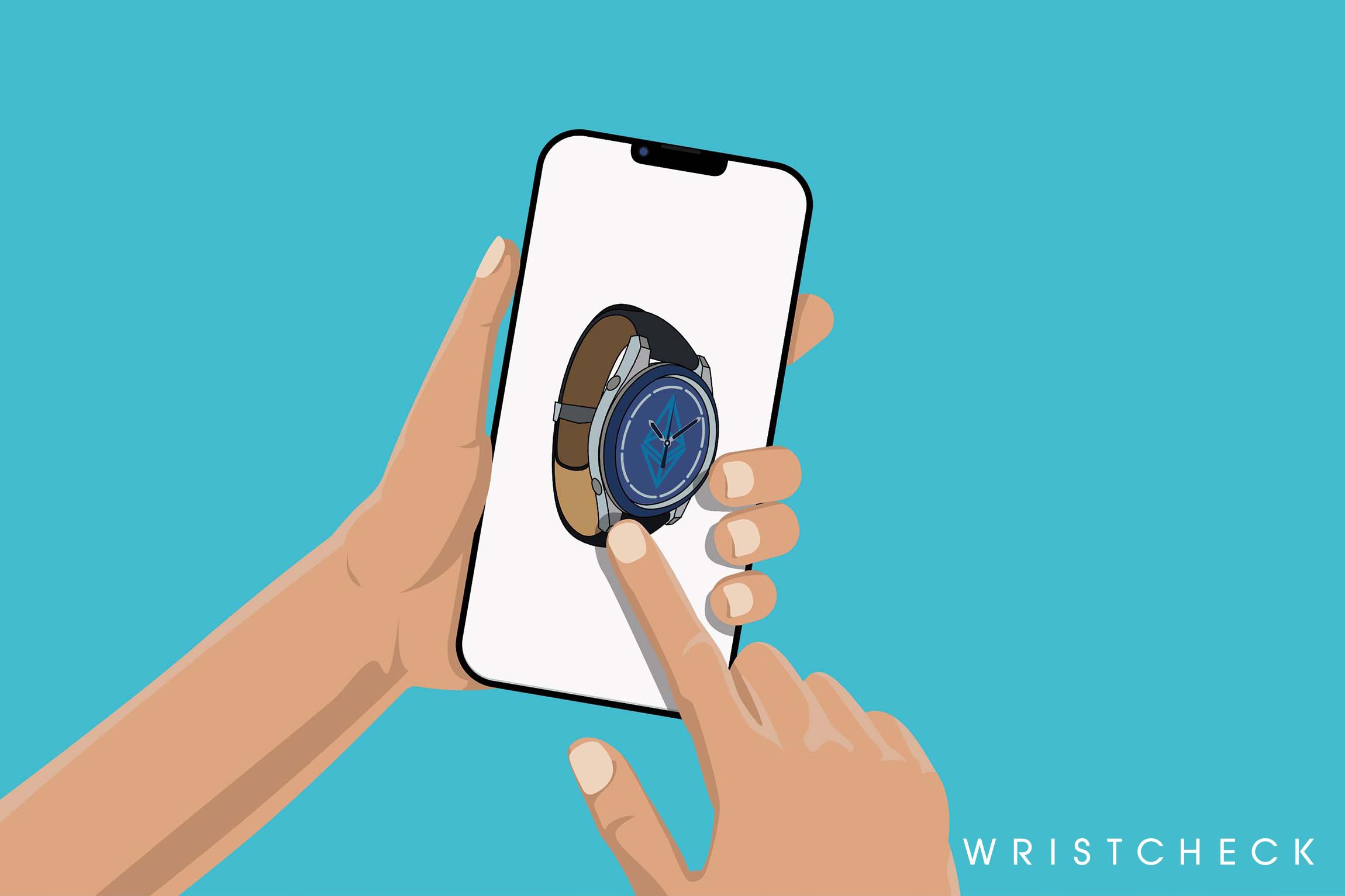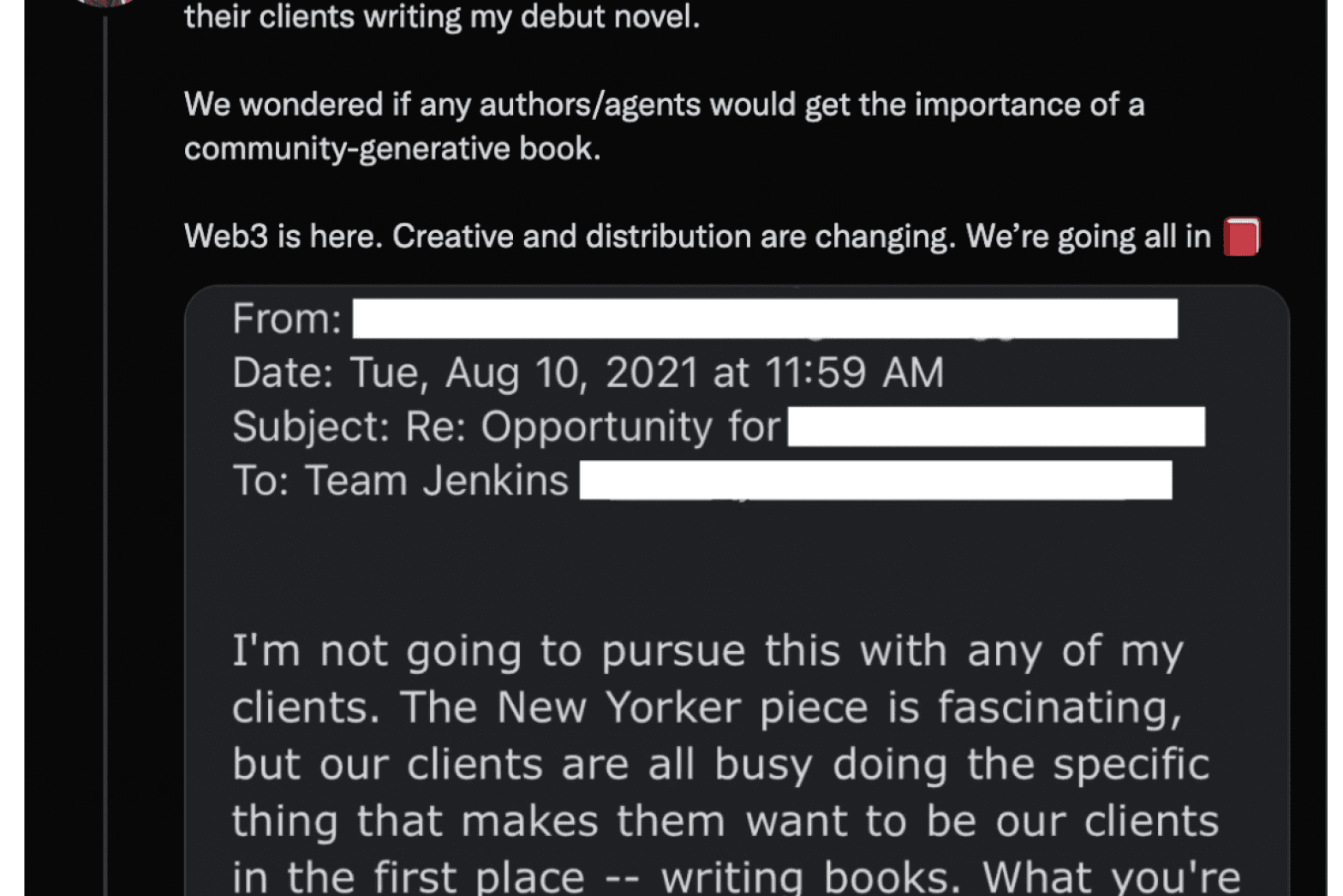
All set to embrace the whole new era of virtual editions, luxury watch brands are fixated on using NFTs for authentication rather than building a mission-driven social network for enthusiasts
In the context of the watch industry, non-fungible tokens (NFTs) are almost always discussed as a way of authenticating timepieces. More and more of us in the watch community are familiar with these loose ideas. The story goes, NFTs will act as a unique identifier, digitally issued and coupled to physical timepieces, all stored in a decentralized database. This will allow the entire watch industry, brands as well as their customers, to get a transparent insight into how many times a given watch was sold, for what prices, and that each timepiece’s origin is connected to the manufacturer. While some brands and high profile individuals like Hublot, Jacob & Co, Jean Claude Biver, have minted NFTs representing “digital twins” of timepieces, this kind of NFT hasn’t stuck much in the community, at least as of now.
In theory, it’s a wonderful idea. It cuts down fraud, brings transparency to the opaque secondary market, and will make many of us more comfortable buying watches. There are a lot of uncertainties with the specifics though. Will brands issue NFTs? How will it actually operate in a decentralized manner, for instance, will it ensure that the “blockchain” isn’t owned and controlled wholly by a single company? Is it multiple blockchains across brands, as we see across different cryptocurrencies like Bitcoin and Ethereum? Most importantly, who will operate the blockchain network and what are the incentives for those who do? These are major questions around blockchain authentication that will have to be sorted out in order for this vision to come true in the watch industry.
While authentication is incredibly practical, this application bears none of the markers of other successful NFT projects. It’s not social. It’s not community-oriented. In today’s world, the most successful NFTs are mission-driven social networks.

So What Makes An NFT Successful?
First, it’s important to note that I dipped my toes into the water of crypto and NFTs around nine months ago. I was always either skeptical or disinterested, but after years of hearing about it from friends in the tech industry, I began with some simplified reading and following crypto and NFT profiles on Twitter. I was trying to simply see what everyone else is so hype about. Now, I’m technically an “insider.” and it was my experience with Jenkins the Valet that made me see NFTs as a different kind of social network more than anything else.
Jenkins the Valet is an NFT project, which is focused on creating the first decentralized media company. With a total of 6,942 NFTs, members use their NFTs to vote on the creative direction of ongoing projects, the first of which is a full-length fictional novel, written by New York Times best-selling author, Neil Strauss, and represented by the global talent powerhouse, Creative Artist Agency. Around this basic question – how to coordinate creative projects across large communities – Jenkins the Valet built an intuitive voting portal, a seamless licensing program where members can lend their avatars to the book for a share of profits, while leadership keeps a steady flow of updates moving through their communication channels. So what makes this project so successful?
Image, Community, Mission – The Origins of Strong Social Bonds
Images, art and community memberships have gone hand-in-hand for ages. Whether it’s the image of Che Guevara plastered on t-shirts in the pre-internet era, religious iconography, or modern NFT projects, communities are galvanized around images. These images represented a larger mission and shared values – projects that thrive, create feedback loops that create stronger and stronger communal bonds and bolster the value of images. Every successful NFT project fosters community through set icons, mantras, rituals, inside jokes, regular meeting places, values, etc.
When everyone in Jenkins the Valet got behind the initial idea of communal creative writing, strong social bonds didn’t happen overnight. It’s difficult to pinpoint a single event that created the most cohesion in the community but one is certainly the archetypal us vs. them moment. It occurred when the leaders of the project were shot down by a big literary agent while hunting for an author to write the first Jenkins book.
“We are book people” became a battle cry for the community. It’s now plastered on merchandise, hash-tagged on social media, and now serves as one of the seminal moments in Jenkins community formation.

Going Beyond The Usual Social Media Platform
With NFT projects, there is a level of interactivity that far exceeds traditional social media. With Jenkins, members of the community can vote, license characters, tune into weekly community roundtables and updates, listen to interviews the author conducts for world-building purposes, and the list goes on and on. Other successful NFT projects like Bored Ape Yacht Club have created NFT-themed video games, community-wide gaming competitions for prizes, and blowout parties in NYC and Miami for NFT holders. It’s a mixture of online and offline activities that drive NFT holders to stay focused on accomplishing their missions – it’s much more structured than your average watch community Instagram feed or quarterly watch meet up. And these new behaviors are being driven by new business models in crypto.
NFTs Incentivize Communal Behavior Better Than Social Media
Austen Chu, an NFT collector and founder of Wristcheck, says that NFT communities are far more accessible and less intimidating than the watch community on Instagram. “Instagram incentivizes rarity and high value timepiecess. That’s what gets the most engagement every single time. If you are a collector with a modest collection, it is very difficult to thrive on Instagram.” It’s not strictly about what you own and how many likes you get. Communicating as a community is effectively non-existent on Instagram. Platforms like Discord, the go-to comms platform for NFT projects, make it much easier to keep dialogue on the surface for the whole community’s benefit. Public channels can be divided by topic and even language group, cutting down on how much discussion happens over private messages. With a built-in audio function, it straddles the line between instant messaging, an old-school forum and Clubhouse. You can participate in written dialogue and debate, tune into broadcasted project updates, or jump into a breakout room to chat with fellow community members.
Though the technology has changed, most of this won’t seem too foreign to veteran watch collectors – online forums like The Purists Pro were the status quo before the rise of Instagram. While the rise and fall of the watch forums call for an entirely different article, watch brands should return to encouraging that type of dialogue where discussions were deep, thinking was slow, and engagement with watches meant more than a certain number of likes. There are ways to stimulate this through incentives as well.

“None Of It Is Foreign To Us”
While play-to-earn might be a new idea for the watch community, collectors like NYCWatchGuy see a lot of overlap between the watch community and NFT communities. As he mentioned, “fundamentally, the social capital that someone gets from posting a wrist pic of a watch on the ‘gram’ is very similar to when someone changes their profile pic to a Bored Ape or any other high profile NFT project. Both are social signals that you’re a part of this bigger, often exclusive thing. That’s why the social and communal aspects of NFTs should plug really well into our community – none of it is foreign to us.”
On a personal level, my sense is that NFTs can create new ways of organizing the watch community, just as Jenkins the Valet has organized new ways of working collectively on creative writing projects. That means, creating online watch communities where most of our “culture” isn’t found in private messages and our cultural rituals online are restricted to liking and commenting emojis on Instagram posts. One way or the other, NFTs are on the cutting edge of online community building, and the entire watch industry should be taking close note.
